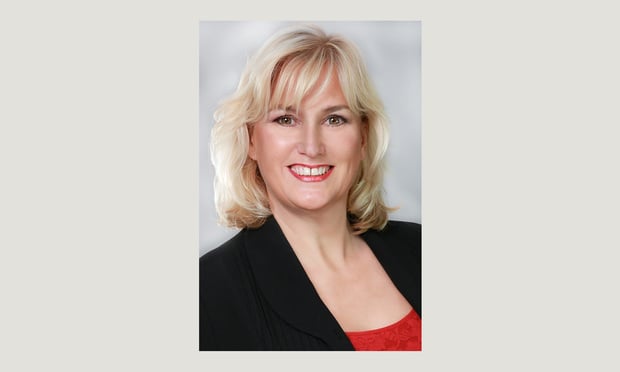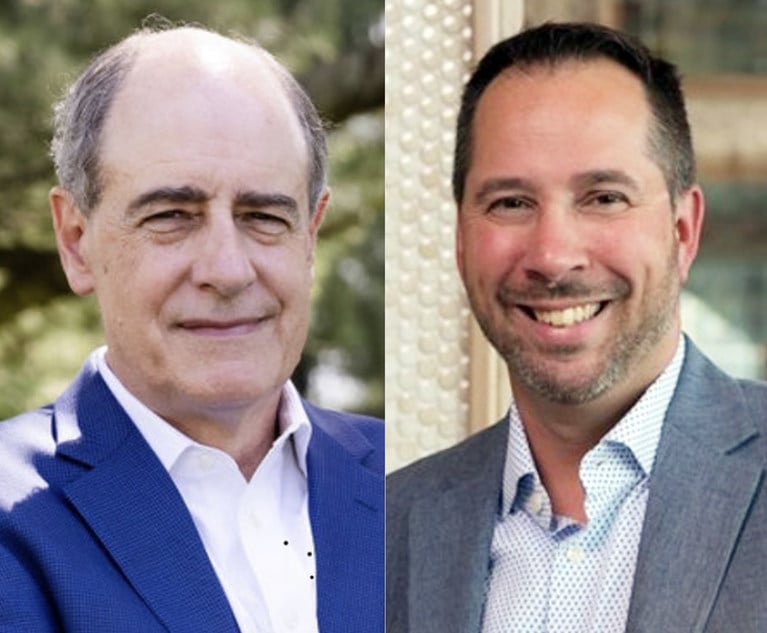It began a year ago in March, mostly on the coasts. New York, New Jersey, Pennsylvania, California and Oregon governors issued “shelter at home” executive orders directing citizens to remain at home and all but essential businesses to close to the public. What we assumed would be a three-week or so measure to contain the spread of the novel COVID-19 virus, stretched into a year-long ordeal. This past year was fraught with keeping up with the federal agencies ever-changing and often conflicting guidance and managing the patchwork quilt of federal and state paid sick and personal leave benefits. Additional states issued versions of stay-at-home orders with various exceptions for essential work. Then came the return to work policies, differing from state to state. Currently, employers are weighing options on vaccine policies—to mandate or not, to financially incentivize or not, and making accommodations from standard employee vaccine policies. This past year has been a testament to operating without contingency plan. No one was prepared for global pandemic of more than a year’s duration. Employers with multi-state operations were especially challenged trying to operate within these complex and confusing federal and state rules.
Corporate counsel, human resource professionals, and attorneys, like me, serving as outside employment counsel, were often stretched to the limits. All tasked with managing this unprecedented event in real time, with little or no time to deliberate, debate, and strategize over best-case scenarios. Marking this one-year anniversary, it is useful to take a look back at lessons learned and thoughts for the future of work.


 Vanessa Kelly of Clark Hill Courtesy photo
Vanessa Kelly of Clark Hill Courtesy photo




